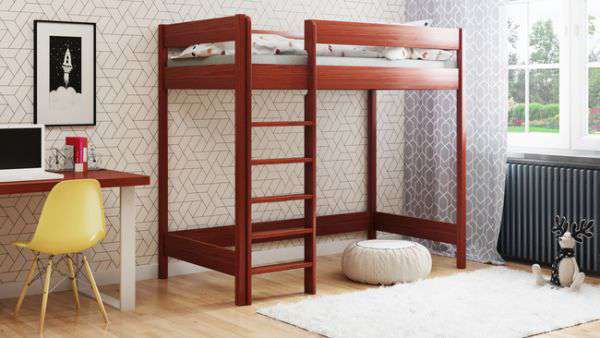Expert Bunk Bed Crafter
Under Bed Storage Drawer Plans - Proper Steps to Construct Stunning Model

It has a big impact on final look of the project. The floor-joist frames are supported by a series of 4 x 4 posts set in concrete pier blocks. You could use 1x4s or 2x4s for the floor of the shed. Be careful not to overwork the concrete. Notch the first floorboard to fit around the face frame and glue and nail it down. Apply the leftover black and high-temp silicone to top edge of the table. Use a spirit level to plumb the studs, before fitting them (https://woodcraftdiagrams.com/diy-twin-platform-bed-with-storage-plans-blueprints) into place and locking them with screws. Attach fascia trim board to bottom of the fascia boxes, then screw the box down onto top of each cabinet.
Mark cut lines to plywood, drill starting holes and get the job done using a jigsaw. On a laminate countertop, make sure direction of belt travel pushes laminate down. Stain or paint lumber inside and out to seal it. It's better to fit the drawer on the loose side, rather than too tight. The top boards need to be straight so the cap will go on straight and tight. Now you're ready to glue and nail on legs and rails. First, this stuff is brittle, so you've got to keep it supported when you rip it or move it from place to place.
Organize your entryway with a simple storage locker for jackets, shoes and other stuff that clutters that area. To craft without overheating, a resaw blade also has widely spaced teeth that cut aggressively and deep gullets that efficiently remove sawdust. Work carefully to get the laminate flat (this website) onto the worktop without air pockets. Allow about a day to complete this project, assuming you collect all the parts in advance. Now you can use the box as a pattern for cutting out and joining the face-frame parts. The easiest way to get accurate angle cuts is to use a miter saw.
I designed and built these hide-the-mess lockers with people like Kellie in mind. Look for a version that is adjustable and machine washable. You can also find above ground pond kits at home improvement stores. Keep a nail file in your home so you know what takes super glue off skin. The bottom post is toughest post to make solid when you build outdoor stair railings. And using two cleats on the outside, instead of one in middle, lets you store table flat between jobs. If you want some ideas for doghouses, then check out these incredible doghouses. Readjust clamps, if necessary, then let the glue set.
After scoring it a few more times, laminate will be rip through. Let the paint cure for a couple of days before you rehang the swing. And unlike with other plywood choices, there are no voids. Adjust the feet or shim under cabinet to level it and make it flush with trough. All this project requires is cleaning up the wood, removing hardware if you wish, then attaching the hairpin legs underneath. Screw one into position and temporarily clamp other while you test joint widths. Set square over timber blocks and clamp it to your work surface. You'll find them at any hardware store or home center.
Jigsaw to craft out notch on two front legs. The final cuts determine outside depth of both boxes. Check that moisture level is between 12 and 15 percent before loading up your truck. Screw ridge pole and short rafters to gable ends first. If you have enough space, ultimate dog oasis is a grassy area within kennel. Nail brackets so the top is slightly above top of the wall. To make shelves, glue banding to a long piece of plywood and rout it with a round-over bit, just as you did to make the top. Follow the how-to photos as a step-by-step guide to building process.
The rollers on this simple carriage let you easily slide in one end of the ladder, then other. We'll show you how to make clean and accurate crosscuts, rabbets, and miters so you'll wind up with a spectacular finished product. Use a handsaw to craft the plug flush, protecting the wood surface with a piece of cardboard, and then sand. All that mud will get tracked into house. Make one rip cut, then rotate piece 90 degrees and make a crosscut. Cut the remaining pipe rungs and then fit rungs and remaining center posts between the two assembled sides to form the complete trellis structure.
Next set the front assembly vertically on your workbench and glue and screw the back legs B to the front legs. If the clamps are under wood, add spacers slightly higher than couplings perpendicular to pipes. It's just thing to bring backyard landscaping to life. To complete cornice, nail the pieces you've just cut as shown in Fig.
